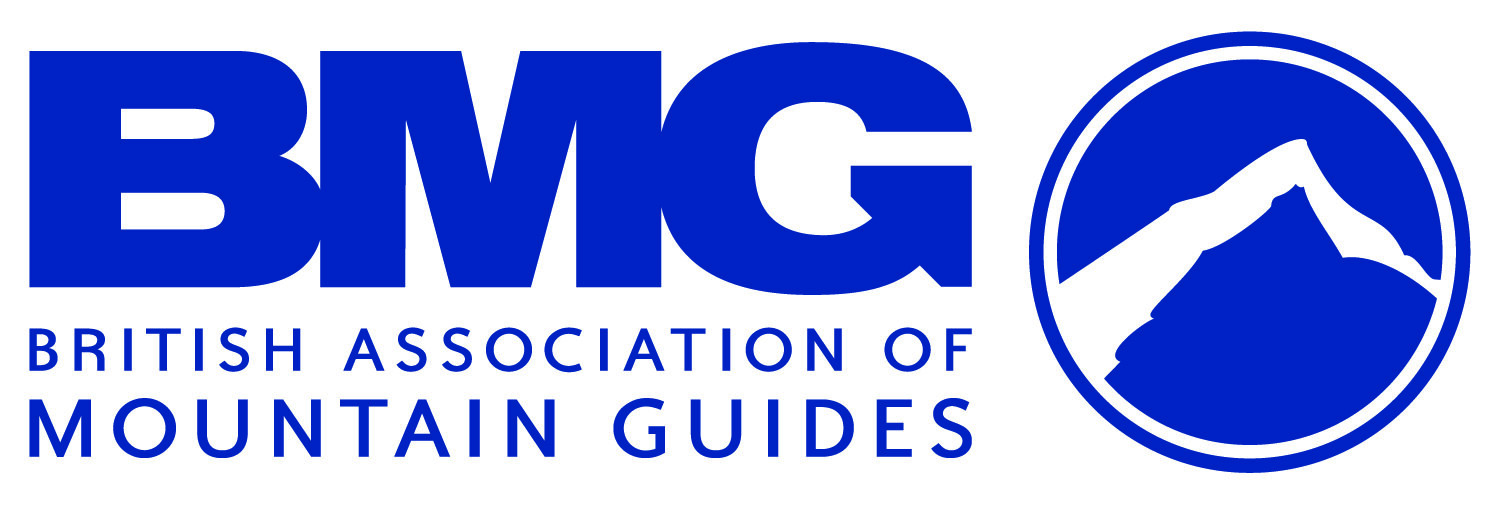How To Build Good Belays Part 1: Selecting Your Anchors
/Ideas by Chris, words by Anne
You’ve made it – you’ve just climbed your hardest pitch ever, you were stretched to your max, your heart was pounding, but you did it. And now you need to build a safe secure belay so you can bring our second up. Many climbers find this one of the most challenging aspects of climbing, but by asking yourself a few questions, you can quickly and efficiently select your anchors and build your belay. In this post we will be looking at anchor selection, and part 2 will look at how to attach to the anchors.
Where should I look?
As you arrive at the top of your route, face the rock and open your arms to about 60º - this is where you want to start looking for your anchors
What am I looking for?
Big is generally best. If what you attach yourself to is bigger than a coffin, you shouldn’t end up in one. If you are using a crack, look for a constriction in the crack where a nut will fit snugly.
How do I know if it is any good?
Use your senses:
Look at it: is it big and part of the mountain?
Touch it: and tap it with a krab.
Listen to it: does it sound hollow?
Feel it: does it vibrate?
How do I know when I have enough gear in?
Two anchors are always better than one. Use this 10-point scale as a quick way to work out if you have enough gear, where 10 points is the minimum necessary for your anchors:
A large block or a large tree is worth 10 points, so they could be used on their own if there is nothing else, but best to not work on minimums unless that’s all there is.
A nut is worth whatever its number is, so two well-placed no 7’s = 14, which is more than enough, but a 3 and a 5 would be inadequate, so a third piece of gear would be needed.
A cam is a bit more tricky. When assigning points to a cam, ask these questions:
what is the quality of the rock?
are all four cams operating?
is it working in the mid third of its range?
can it "walk" into a wider part of the crack? (not good!)
How do I decide how good a nut or cam placement is?
The quality of the rock - use your senses as described above.
The direction of pull on the anchor – threads and some cams are multi-directional, but most gear placements are not. Check that any pull on the anchors won’t move the gear out or lift it out.
Load transfer area - spread the load as much as possible. Fit the gear have as much of the surface in contact with the rock as possible.
Here are some examples of poor and good anchors:
poor load transfer
good load transfer
poor due to high point loading on underside
good load transfer
poor: working on two cams
good: all four cams fully engaged
parallel crack, gear is likely to rip
narrowing crack and good load transfer
Watch out for the next post in the series, How To Build Good Belays Part 2: Attaching To Your Anchors, and for a future post on what to buy for your first climbing rack.












